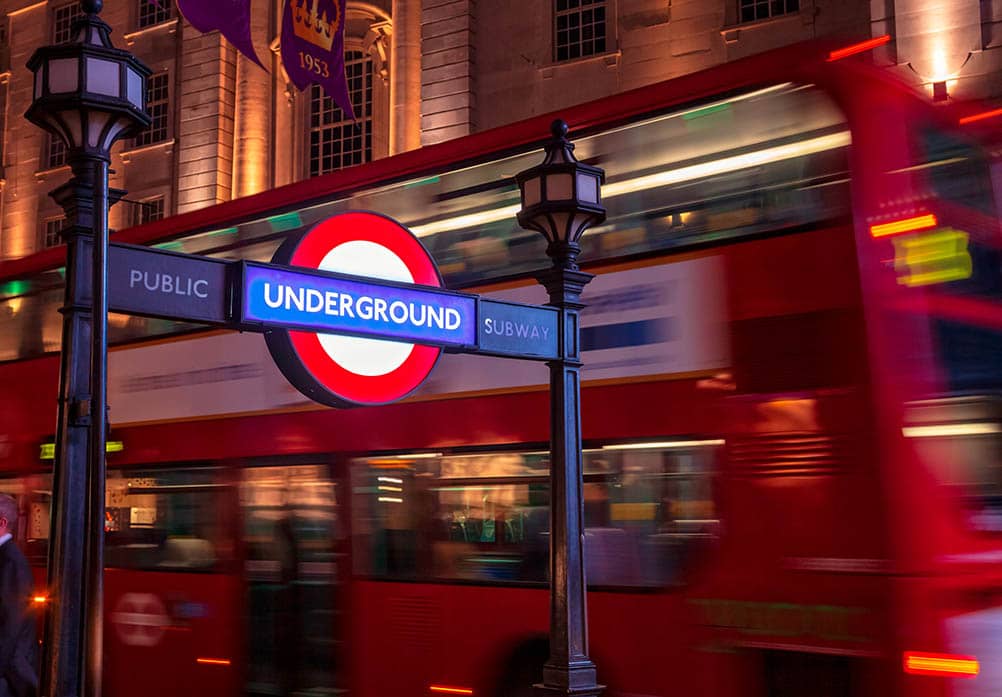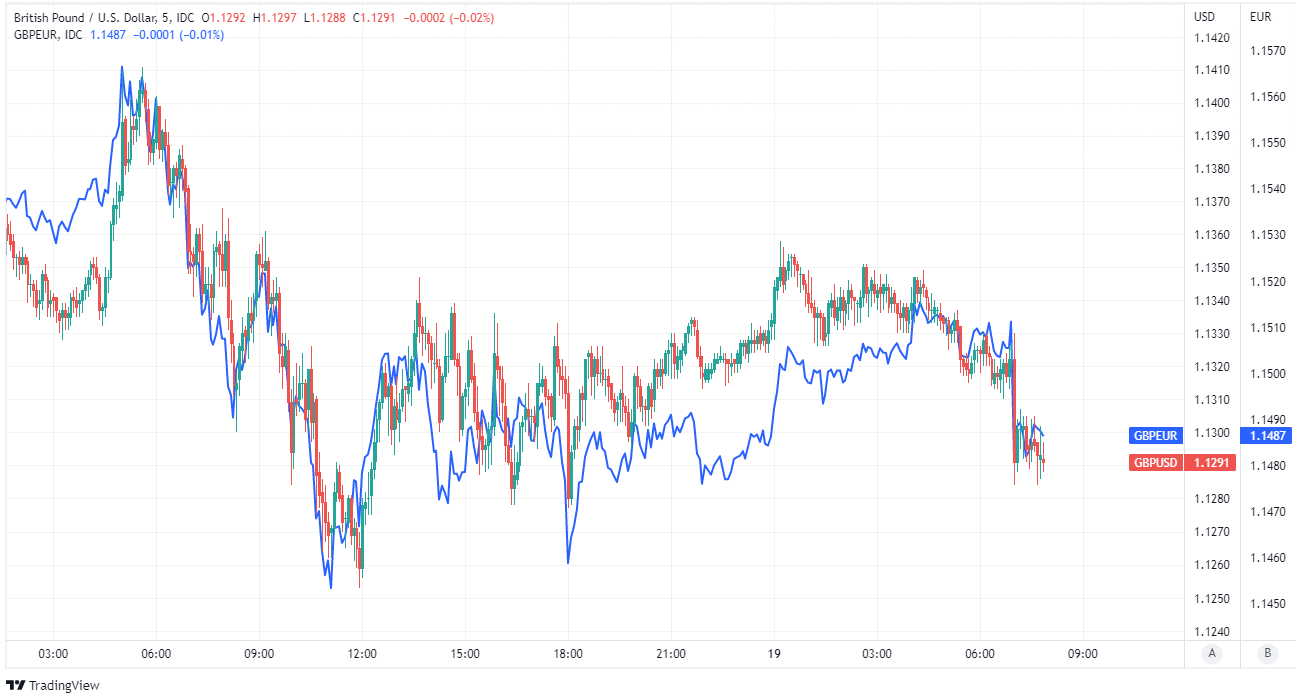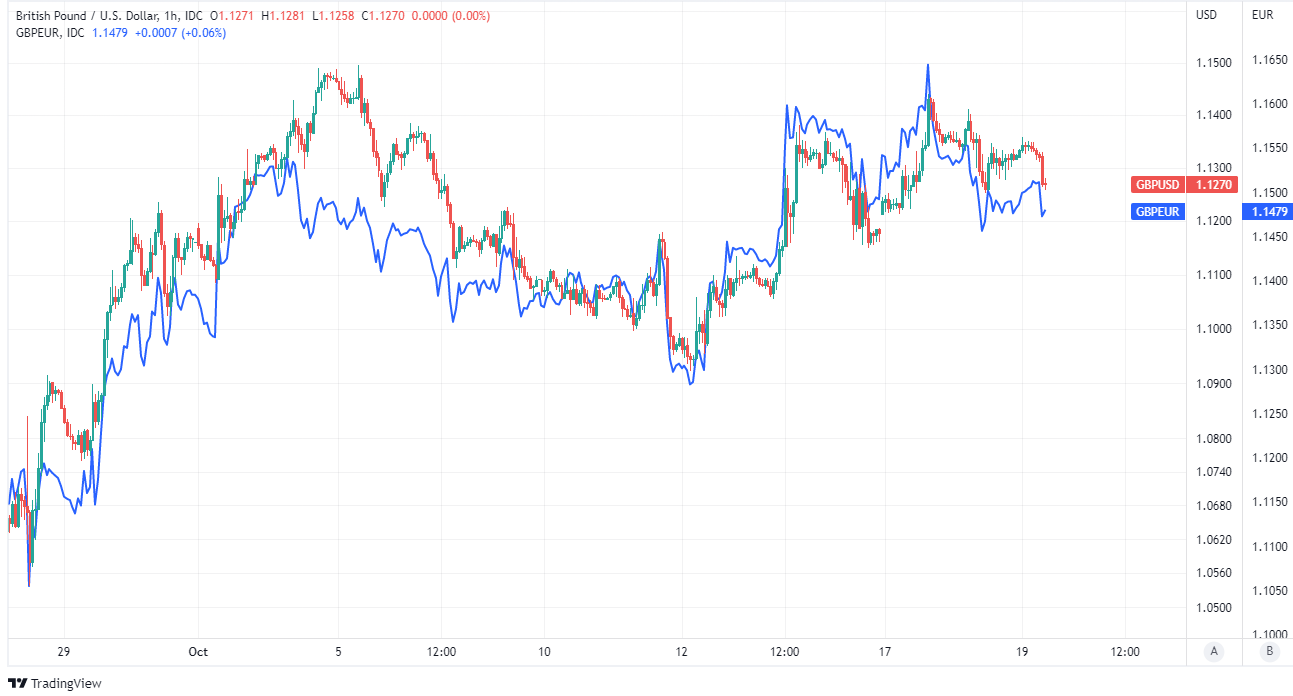Pound Sterling Flinches After Inflation Surprise Leaves BoE Under Spotlight
- Written by: James Skinner

Image © Adobe Stock
Pound Sterling was left limping momentarily against the Dollar and Euro after Office for National Statistics data sugggested inflation rose further than expected in a September outcome that does little on its own to discourage the Bank of England (BoE) from raising interest rates aggressively in November.
UK inflation returned to the double-digit percentages in September when rising from 9.9% to 10.1% against an economist consensus that had been looking for the annual pace of price growth to reach 10% for last month.
Even more importantly the rate of core inflation rose just as fast when coming in at 6.5% after economist estimates had suggested on average that inflation likely rose from 6.3% to 6.4% once energy and food items are removed from the basket of goods for which prices are measured.
"UK inflation is back into double-digits once more and at 10.1% is the highest rate in 40 years. But we think we’re only fractionally away from the peak now," says James Smith, a developed markets economist at ING.
"While on paper you could make a hawkish case out of that for the Bank of England, in practice it’s more likely to be the opposite. The dramatic scaling back of fiscal support by the new Chancellor will be seen as lowering medium-term inflation," Smith wrote in response to the data on Wednesday.
Prices of food, housing and household services were prominent drivers of September's inflation, although noteworthy gains were also recorded for prices of restaurants and hotels as well as clothing and footwear.
 Above: Pound to Dollar rate shown at 5-minute intervals alongside Pound to Euro rate. Click image for closer inspection.
Above: Pound to Dollar rate shown at 5-minute intervals alongside Pound to Euro rate. Click image for closer inspection.
Compare Currency Exchange Rates
Find out how much you could save on your international transfer
Estimated saving compared to high street banks:
£25.00
Free • No obligation • Takes 2 minutes
Wednesday's data does little on its own to deter the Bank of England from responding in November with an aggressive increase to interest rates that were raised to 2.25% in September and which many economists expect will climb to around four percent by the early months of the new year.
However, some economists say this may now be less likely following the latest game of musical chairs at HM Treasury, which resulted this week in much of September's budget plan being abandoned in favour of a return to 'austerity.'
That leaves the economy on course for a barely mitigated downturn that August's Monetary Policy Report suggested could run for up to five quarters.
"Looking ahead, we continue to expect the headline rate of CPI inflation to rise to nearly 11% in October, primarily due to the 27% increase in consumer energy prices. But the headline rate should fall back to about 9% in Q1, as the anniversary of big increases in food and motor fuel prices is reached," says Samuel Tombs, chief UK economist at Pantheon Macroeconomics.
"Core goods CPI inflation also should decline, given that commodity prices and shipping costs have fallen, and both manufacturers and retailers now report that they have far too much stock in relation to demand. And while services inflation will be boosted by faster increases in rents, the combination of weakening consumer demand and emerging slack in the labour market should slow price rises for many discretionary services," Tombs also said on Wednesday.
 Above: Pound to Dollar rate shown at hourly intervals alongside Pound to Euro rate. Click image for closer inspection.
Above: Pound to Dollar rate shown at hourly intervals alongside Pound to Euro rate. Click image for closer inspection.




